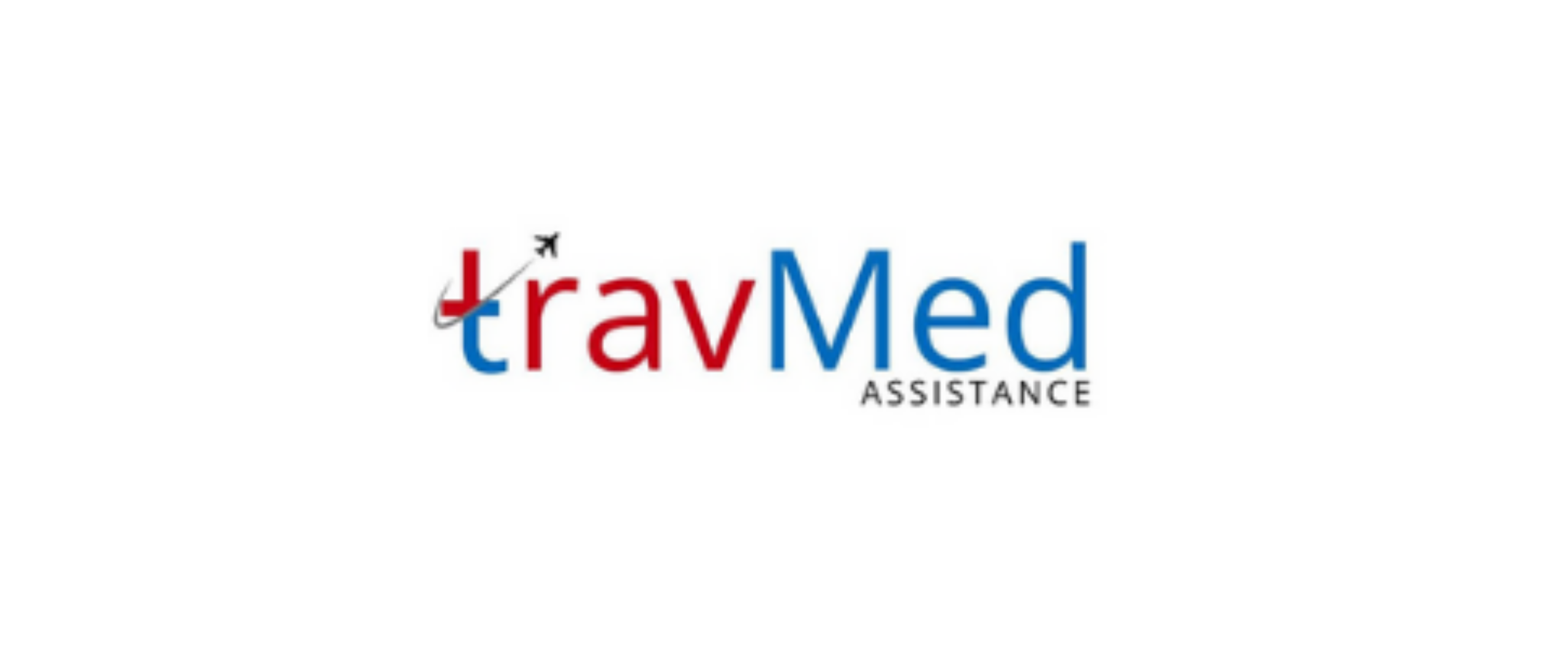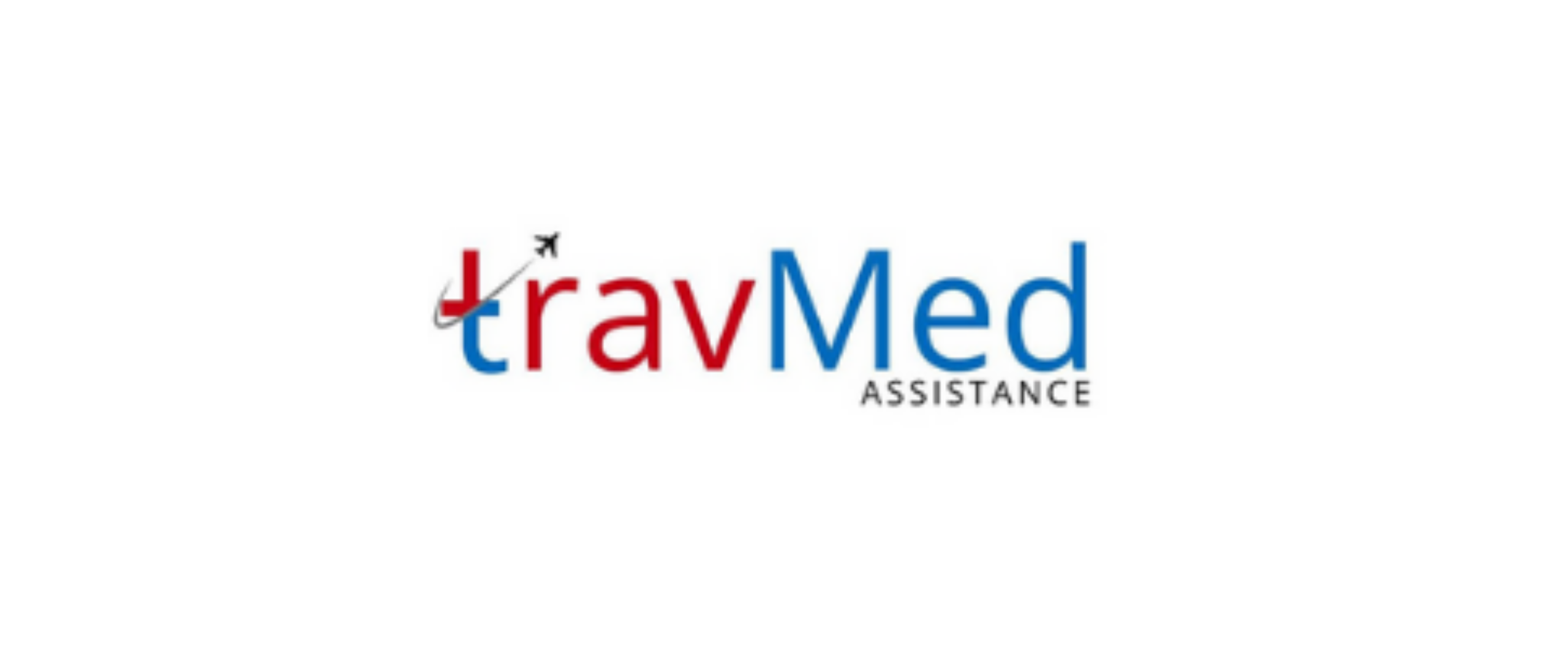
Emergency medical evacuation protocols in Nepal are comprehensive guidelines and procedures designed to safely transport critically ill or injured individuals from remote or inadequate medical facilities to more advanced healthcare centers. These protocols outline the step-by-step process for assessing patient conditions, coordinating transportation, and ensuring proper medical care during transit. In Nepal, these protocols are particularly crucial due to the country’s challenging terrain and limited healthcare infrastructure in rural areas. The protocols cover various aspects, including patient stabilization, communication between medical teams, selection of appropriate transportation methods (such as helicopters or ground ambulances), and coordination with receiving hospitals. These guidelines aim to provide swift and efficient medical evacuations while prioritizing patient safety and minimizing potential complications during transport.
Who establishes these protocols in Nepal?
In Nepal, emergency medical evacuation protocols are established through a collaborative effort involving multiple stakeholders. The primary authority responsible for developing and implementing these protocols is the Ministry of Health and Population (MoHP). The MoHP works in conjunction with other government agencies, such as the Nepal Army, Nepal Police, and the Civil Aviation Authority of Nepal (CAAN), to create comprehensive evacuation guidelines. Additionally, international organizations like the World Health Organization (WHO) and various NGOs specializing in emergency medical services contribute their expertise to protocol development. Private sector entities, including hospitals, air ambulance services, and travel insurance companies, also play a role in shaping these protocols based on their practical experiences. This multi-stakeholder approach ensures that the protocols are comprehensive, up-to-date, and aligned with international best practices while considering Nepal’s unique geographical and infrastructural challenges.
How do evacuation protocols work in practice?
In practice, emergency medical evacuation protocols in Nepal follow a structured process to ensure efficient and safe patient transport. When a medical emergency occurs in a remote area, the first step involves contacting local healthcare providers or emergency services. These professionals assess the patient’s condition and determine if evacuation is necessary. If evacuation is required, they initiate the protocol by contacting the nearest coordination center, often operated by the Nepal Army or a private air ambulance service. The coordination center then mobilizes appropriate resources, such as helicopters or ground ambulances, based on the patient’s location and condition. During this time, the patient is stabilized and prepared for transport by local medical staff. The evacuation team, typically consisting of trained medical personnel, arrives at the site and takes over patient care. They continue to monitor and treat the patient during transit to the designated healthcare facility. Throughout the process, constant communication is maintained between the evacuation team, coordination center, and receiving hospital to ensure seamless transfer of care upon arrival.
What documents are required during evacuations?
During emergency medical evacuations in Nepal, several essential documents are required to facilitate the process:
- Patient’s identification documents (citizenship card, passport, or other valid ID)
- Medical records and history (if available)
- Evacuation request form (filled out by the referring medical professional)
- Consent form for medical treatment and transportation
- Travel insurance policy details (if applicable)
- Medical assessment and triage form completed by the evacuation team
- Transfer of care documentation between medical facilities
- Customs and immigration forms (for international evacuations)
- Flight manifest and crew details (for air evacuations)
- Incident report form detailing the circumstances of the evacuation
These documents ensure proper patient identification, provide critical medical information, and fulfill legal and administrative requirements for the evacuation process.
How much do evacuation services cost?
The cost of emergency medical evacuation services in Nepal can vary significantly depending on several factors. For domestic evacuations within Nepal, costs typically range from $2,000 to $10,000 USD. International evacuations to neighboring countries or beyond can cost anywhere from $15,000 to $250,000 USD or more. Factors influencing the cost include:
- Distance of evacuation
- Type of transportation used (helicopter, fixed-wing aircraft, or ground ambulance)
- Patient’s medical condition and required level of care
- Number of medical personnel needed
- Equipment and medications required during transport
- Landing fees and permits
- Coordination and logistical expenses
It’s important to note that these costs are often covered by comprehensive travel insurance policies. However, individuals without insurance may be required to pay these expenses out-of-pocket or arrange payment through their embassy or other means. Due to the high costs involved, travelers to Nepal are strongly advised to obtain adequate travel insurance that includes emergency medical evacuation coverage.
How long do evacuation procedures take?
The duration of emergency medical evacuation procedures in Nepal can vary widely depending on several factors. On average, the entire process from initial contact to arrival at the receiving hospital can take anywhere from 2 to 24 hours. Factors affecting the timeline include:
- Patient’s location and accessibility
- Weather conditions, especially in mountainous regions
- Availability of suitable transportation (helicopters or ambulances)
- Time required for patient stabilization before transport
- Distance to the nearest appropriate medical facility
- Coordination and approval processes with authorities
- Customs and immigration procedures for international evacuations
In urgent cases involving easily accessible areas, evacuations can be completed in as little as 2-4 hours. However, for remote locations or during challenging weather conditions, the process may take up to 24 hours or more. It’s crucial to note that the primary focus is on patient safety and providing necessary medical care throughout the evacuation, which may sometimes require additional time to ensure the best possible outcome.
Are services available in remote areas?
Emergency medical evacuation services are indeed available in remote areas of Nepal, although accessibility can be challenging. The country’s diverse terrain, including mountainous regions and remote valleys, necessitates specialized evacuation capabilities. In these areas, helicopter evacuations are often the primary method of transport. The Nepal Army, private air ambulance services, and some trekking agencies maintain a network of helicopters capable of reaching remote locations. However, several factors can affect service availability:
- Weather conditions, particularly in high-altitude areas
- Availability of suitable landing sites
- Daylight hours, as most helicopter operations are limited to visual flight rules
- Communication infrastructure in remote regions
To address these challenges, Nepal has established a network of health posts and coordination centers in strategic locations throughout the country. These facilities serve as initial points of contact and can provide basic medical care while coordinating evacuations. Additionally, satellite phones and emergency beacons are increasingly used to facilitate communication from remote areas. While services are available, it’s important for travelers to remote regions to be aware of potential delays and to have comprehensive emergency plans in place.
How reliable are protocol-based services?
Protocol-based emergency medical evacuation services in Nepal have shown increasing reliability in recent years. The implementation of standardized protocols has led to more consistent and efficient evacuation procedures. Factors contributing to the reliability of these services include:
- Regular training and skill updates for medical and aviation personnel
- Improved coordination between various agencies involved in evacuations
- Advancements in medical equipment and transportation technology
- Increased availability of specialized air ambulances and medical teams
- Enhanced communication systems for remote areas
However, challenges still exist that can affect reliability:
- Unpredictable weather conditions, especially in mountainous regions
- Limited infrastructure in some remote areas
- Occasional bureaucratic delays in obtaining necessary clearances
- Potential language barriers in coordinating international evacuations
Overall, while the reliability of protocol-based evacuation services in Nepal has improved significantly, it’s important for individuals to understand that unforeseen circumstances can still impact service delivery. Travelers are advised to have backup plans and to stay informed about local conditions and available resources in case of emergencies.
How do I contact emergency service providers?
Contacting emergency service providers for medical evacuations in Nepal involves several options:
- Emergency hotline: Dial 112 (Nepal’s universal emergency number)
- Nepal Police: Dial 100
- Ambulance services: Dial 102
- Nepal Army air rescue: +977-1-4246034 or +977-1-4271581
- Private air ambulance services:
- Simrik Air: +977-1-4493999
- Fishtail Air: +977-1-4005544
- Major hospitals with evacuation coordination:
- CIWEC Hospital, Kathmandu: +977-1-4424111
- Grande International Hospital, Kathmandu: +977-1-5159266
For trekkers and mountaineers:
- Contact your trekking agency or guide
- Use satellite phones or emergency beacons if in remote areas
- Reach out to the nearest health post or police station
It’s advisable to save these numbers and have them readily available before traveling to Nepal. In case of an emergency, provide clear information about your location, the nature of the medical emergency, and any relevant medical history. If possible, have someone who speaks Nepali assist with the communication to ensure accurate information exchange.
Are evacuation protocols standardized in Nepal?
Evacuation protocols in Nepal have undergone significant standardization efforts in recent years, but some variations still exist. The Ministry of Health and Population has worked towards establishing uniform guidelines for medical evacuations across the country. These standardized protocols aim to ensure consistent quality of care and efficient coordination during emergencies. Key aspects of standardization include:
- Patient assessment and triage procedures
- Communication protocols between different agencies
- Minimum equipment and medication requirements for evacuation teams
- Documentation and reporting standards
- Training requirements for medical and aviation personnel
However, complete standardization faces challenges due to:
- Diverse geographical conditions across Nepal
- Varying resources and capabilities of local healthcare facilities
- Differences in protocols between government and private service providers
- Ongoing updates to international best practices in emergency medical services
While significant progress has been made in standardizing evacuation protocols, travelers should be aware that some regional variations may exist. It’s advisable to familiarize oneself with local emergency procedures and resources when visiting different parts of Nepal.
How is safety ensured during medical evacuations?
Safety is a paramount concern during medical evacuations in Nepal, and several measures are in place to ensure the well-being of patients and medical personnel:
- Rigorous training: Evacuation teams undergo regular training in emergency medical care, aviation safety, and high-altitude rescue techniques.
- Equipment maintenance: All medical and transportation equipment is subject to strict maintenance schedules and pre-flight checks.
- Weather assessment: Detailed weather evaluations are conducted before each evacuation, especially for air transport.
- Flight path planning: Optimal routes are chosen to minimize risks and ensure the smoothest possible journey for patients.
- Communication protocols: Continuous communication is maintained between the evacuation team, coordination center, and receiving hospital.
- Patient stabilization: Patients are thoroughly assessed and stabilized before transport to minimize risks during evacuation.
- Safety gear: Appropriate safety equipment is provided for both patients and medical staff during transport.
- Oxygen systems: High-altitude evacuations include supplemental oxygen systems to prevent altitude-related complications.
- Risk assessment: Each evacuation undergoes a comprehensive risk assessment before proceeding.
- Backup plans: Alternative evacuation methods are always prepared in case of unforeseen circumstances.
These safety measures are continuously reviewed and updated to align with international standards and adapt to Nepal’s unique challenges.
Who monitors compliance with evacuation protocols?
Compliance with emergency medical evacuation protocols in Nepal is monitored by several entities to ensure adherence to established guidelines and maintain service quality:
- Ministry of Health and Population: Oversees overall compliance with national health and safety standards.
- Civil Aviation Authority of Nepal (CAAN): Monitors aviation-related aspects of air ambulance services.
- Nepal Medical Council: Ensures medical professionals involved in evacuations meet required standards.
- Department of Tourism: Monitors evacuation services related to trekking and mountaineering activities.
- Nepal Army Medical Corps: Oversees compliance in military-assisted evacuations.
- International organizations: WHO and other NGOs provide external audits and recommendations.
- Insurance companies: Monitor service quality for evacuations covered under their policies.
- Patient feedback systems: Collect and analyze patient experiences to identify areas for improvement.
- Inter-agency review committees: Conduct regular assessments of evacuation procedures and outcomes.
- Local health authorities: Monitor compliance at the district and municipal levels.
This multi-layered monitoring system aims to ensure that evacuation protocols are followed consistently and that services meet the required safety and quality standards. Regular audits, training programs, and protocol updates are conducted based on the findings from these monitoring efforts.


